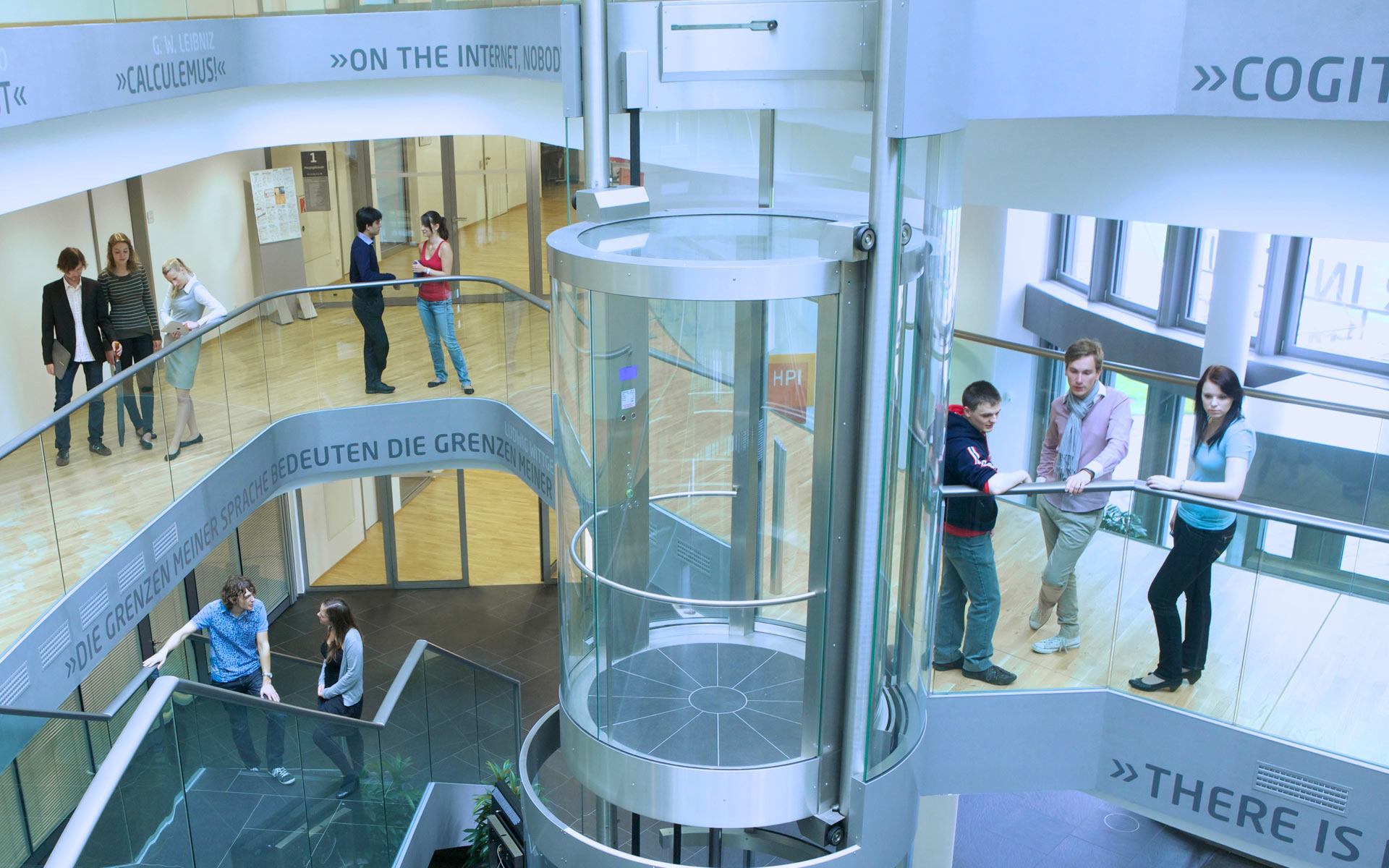5.
Besançon, L., Semmo, A., Biau, D., Frachet, B., Pineau, V., Ariali, E.H., Taouachi, R., Isenberg, T., Dragicevic, P.: Reducing Affective Responses to Surgical Images through Color Manipulation and Stylization. In: Aydın, T. and Sýkora, D. (eds.) Proceedings of the Joint Symposium on Computational Aesthetics, Sketch-Based Interfaces and Modeling, and Non-Photorealistic Animation and Rendering (Expressive). ACM, Victoria, BC, Canada (2018).

